German Shepherds (GSD) are herders who love to work, exercise, and stay active. These dogs aren’t couch potatoes, which means they may be more prone to accidents on their excursions. The best insurance coverage for a GSD may not be the best option for a smaller dog breed. This is why we’ve dedicated this insurance guide to German Shepherds.
This breed has been among the five most popular breeds in the past two decades. Each dog is unique, and your budget isn’t the same as your neighbor’s. So we’ve compiled a list of health insurance considerations to help you find the best fit for your unique needs.
At around two feet tall and weighing 50-90 pounds, this working dog is just as easily susceptible to accidents and illnesses as any other dog. And like all other purebreds, they are prone to more health concerns than most mixed breeds, making pet insurance an excellent investment to consider.
At A Glance
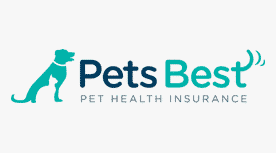
Best
Overall

Best For
Older Dogs

Best For Bilateral Conditions
Note: Clicking the above links take you to each company’s website to learn more and get a quote. If you make a purchase, we earn a commission at no additional cost to you.
Is Pet Insurance Worth It?
The short answer is yes. A survey by Liberty Mutual Insurance states that 63% of pet owners couldn’t afford unexpected medical care for their pets. Not only does pet insurance allow you to choose the best medical treatment for your pet, but it also provides stability to your finances.
The key thing to remember is that you need to sign up for pet insurance before an emergency arises. You cannot count on coverage for your German Shepherd’s pre-diagnosed health issues. So it’s crucial to get your dog covered as soon as possible.
Common German Shepherd Health Issues

German Shepherds generally live 10-13 years. However, the health issues below can give you an idea of what to look for regarding symptoms and insurance coverage.
Hip Dysplasia
Hip dysplasia is among the most common health issues in large breed dogs, including GSDs. The American College of Veterinary Surgeons (ACVS) states that genetics plays the most significant factor in joint dysplasia and other joint problems. Be sure to work with a breeder who provides you with healthy hip and elbow scores.
Surgery is often needed to improve the quality of your dog’s life. And this procedure ranges from $1,700 to $4,500+, depending on the type of surgery required.
Degenerative Myopathy (DM)
Degenerative myelopathy is a hereditary spinal cord disease that begins to present in a dog’s adult years. It’s similar to the human disease amyotrophic lateral sclerosis (ALS), also known as Lou Gehrig’s disease. Dogs that suffer from DM experience weakening and the inability to control their hind limbs, ultimately leading to paralysis.
A definitive diagnosis of DM is problematic because a vet can only do it postmortem by examining the spinal cord. However, vets suspect diagnosis by a series of tests that eliminate other conditions. Vets may conduct X-rays, CT scans, MRI scans, tissue biopsies, cerebrospinal fluid analysis, and neuromuscular tests to rule out other conditions like hip dysplasia, IVDD, arthritis, etc.
There’s no medication or treatment for DM to cure or stop the progression. Most dogs diagnosed with DM live six months to three years. DM isn’t considered painful, but to maintain your dog’s quality of life, your vet may recommend physical therapy, hydrotherapy, a well-balanced diet, supplements, and routine exercise. The diagnosis and preservation of your dog’s quality of life can quickly reach thousands of dollars.
Heart Disease
German Shepherds are predisposed to heart problems and heart failure, relatively common conditions among large dog breeds. The most common heart conditions in landsharks include enlarged hearts, heart murmurs, and valve diseases. These diseases are commonly inherited, which is why it’s essential to ask your breeder for details about your dog’s parents’ and grandparents’ health status.
These heart diseases can cause your bat dog to suffer cardiac arrest and require life-saving emergency surgery. Surgery can cost $10,000 or more depending on the severity of the disease and any complications suffered.
Cataracts
The German Shepherd is at risk of several eye concerns, including cataracts. The average cost of a simple eye exam accompanied by a course of antibiotic drops is approximately $100. Unfortunately, surgery is commonly required to fix cataracts, which is expensive, averaging $2,600-$3,800.
Epilepsy
Epilepsy is an inherited disorder in which your dog experiences uncontrolled bursts of electrical activity in the brain, which causes seizures. Medication is often prescribed to dogs with epilepsy to help control seizures. Unfortunately, many of those medications can cause serious side effects for some dogs. And even with medication, 30-40% of dogs continue having seizures. CBD (cannabidiol) is effective in humans, and dogs may benefit from its use. Check with your vet to see if it might help your canine.
Depending on the drug choice, you could be facing around $500 a year or more on medication alone. Initial diagnostic testing is also an expense to consider, adding to your vet bills.
Hemangiosarcoma
This type of skin cancer grows in the cells that line blood vessels, commonly on a dog’s spleen, skin, or heart. It’s most often diagnosed in the advanced stage because it’s difficult to catch early on. Treatment is typically tumor removal and chemotherapy, both of which can be extremely costly. Surgery to remove the tumor can start at $1,500, and chemo treatment can range from $200 to $5,000.
Exocrine Pancreatic Insufficiency (EPI)
Dogs who suffer from EPI cannot produce an adequate amount of pancreatic enzymes to digest carbohydrates, proteins, and fats. This leads to poor nutrient absorption and causes weight loss. Blood and fecal tests are conducted to diagnose the condition.
Treatment consists of vitamins and other supplements and can consist for the remainder of the dog’s life. Depending on the enzyme replacement therapy prescribed to your dog, the cost can range from $500 to more than $3,000 per year.
Considerations When Choosing An Insurer

Age Restrictions & Waiting Periods
Most pet insurance companies have a minimum age requirement (typically between six and eight weeks old) before allowing you to enroll your pet. And some companies cap the age at which you can sign up an older dog (14 years old is the most common, although it’s only a few companies). Additionally, some companies may exclude specific conditions from coverage if your pup is above a certain age (e.g., hip dysplasia, cruciate ligament surgery, and orthopedic disorders).
All providers have waiting periods, which are short periods at the beginning of a new policy until your pet’s condition becomes eligible for reimbursement. Keep in mind that any pre-existing conditions, accidents, or illnesses diagnosed or showing symptoms during the waiting period are excluded from coverage. The average waiting period for illnesses is 14 days and for accidents is less than five days.
Coverage Type
There are two types of insurance coverage to choose from:
- Accident-Only – These policies offer coverage for accidents (e.g., torn ligaments, broken bones, etc.), so basically any sudden physical injury. Accident-only plans are typically more affordable than accident and illness policies. This can be a reasonable option for a pet with many pre-existing conditions.
- Accident and Illness – These policies are the most popular because they cover both accidents and illnesses (i.e., cancer, arthritis, allergies, etc.), including most unexpected medical expenses. Because no provider covers pre-existing conditions, it’s crucial to sign your pet up for coverage as early as possible.
Some companies also offer a wellness plan (aka preventative care plan) during the enrollment process. This commonly covers routine vet expenses (i.e., annual exams, spay/neuter procedures, vaccinations, etc.) but varies by provider. It’s typically available as an add-on to an accident-only or accident and illness policy, but some companies allow you to purchase it without an insurance policy. This add-on coverage isn’t technically an insurance product.
To find the best option for your GSD, you need to consider what type of coverage you need and your budget.
Premium: Deductible, Reimbursement & Payout Options
The fee you pay for your GSD’s pet insurance coverage is the premium usually paid monthly or annually. Monthly payments often add transaction fees, so if you can pay annually, it can save you a little money.
According to NAPHIA (North American Pet Health Insurance Association), the average monthly premium for an accident and illness insurance policy in the U.S. in 2022 was $53.34 for dogs. Of course, this varies for every dog and situation, including yours, so be sure to get multiple quotes from top-rated companies.
The premium is based on several factors: breed (or mix), location, age, gender, pre-existing conditions, deductible, reimbursement percentage, and payout. The beginning of the list is self-explanatory, you have a German Shepherd, and you know your zip code, your dog’s age (or best guess), gender, and medical history. But what is a deductible, reimbursement, and payout?
- Deductible – The money you have to pay before your policy begins to reimburse you. This is typically reset each policy period (annually). However, some companies have per-incident deductibles, so you must pay this amount each time your dog suffers a new condition. Each company may have its own spin on this, so be sure to understand your policy because annual vs. per-incident deductibles can impact the amount of money you’re expected to pay.
- Reimbursement – The percentage of a claim that you’re eligible for repayment by the company after you’ve paid your coinsurance. The most popular reimbursement options are 70%, 80%, and 90%, but some companies offer other options or restricted options based on the dog’s age or location.
- Payout – The maximum amount a provider will reimburse during the policy period. Lower payout limits mean you may be responsible for more costs if your pet has expensive vet treatment.
Many companies allow you to customize your plan to fit your budget. For example, a higher deductible and reimbursement percentage paired with a lower payout will lower your premium. However, it’s crucial to find a balance between what your budget allows and the worst-case scenario if your fluffy butt’s health takes a turn for the worst and you have several expensive vet bills to pay.
Exclusions
Exclusions refer to the conditions not covered by your policy. This can include pre-existing conditions, hereditary disorders, musculoskeletal disorders, specific dental treatment, and more.
Possibly the most significant concern regarding German Shepherds is that a few companies require additional waiting periods for orthopedic conditions, such as hip dysplasia. Because shredders are at an increased risk for hip dysplasia, you’ll want to ensure you understand any additional restrictions for it. For these reasons, it’s crucial that you thoroughly read and understand your policy.
Who Offers The Best Policy?
Below are our top pet insurance picks for German Shepherds based on their breed-specific needs. And, once you are ready, we’ve made a free quote form that provides customized policy quotes from top pet insurance companies when you fill in your pet’s details. By entering your pet’s specific characteristics, you can get a better understanding of the coverage needed.
Best Overall Pet Insurance
Pets Best
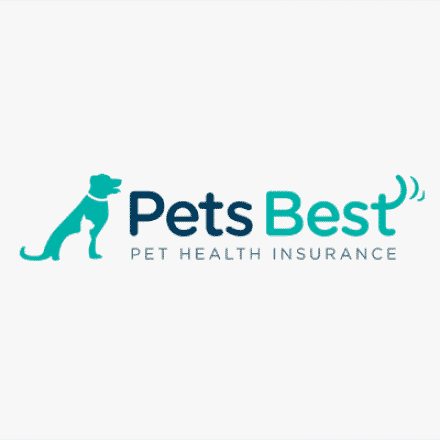
- No age limits or restrictions
- Thorough coverage
- Some of the lowest prices in the industry
- Offers an Accident-only plan
Pets Best may be the best pet insurance for your German Shepherd because of its shorter waiting period for hip dysplasia (only 14 days for this common breed health concern), lower pricing on average, and it has no maximum age limits for enrollment. Pets Best also has few exclusions compared to other providers, including coverage for behavioral therapies and optional wellness care.
Best Pet Insurance For Older Dogs
Figo
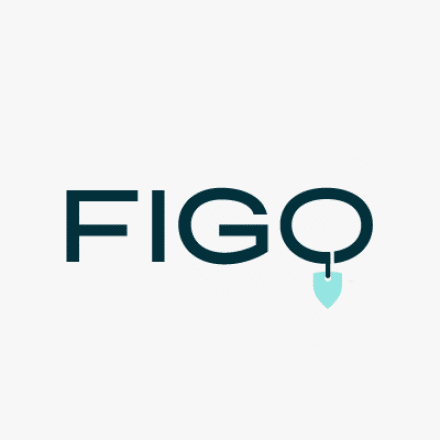
- Excellent value for money
- Offers options for 100% reimbursement and unlimited annual payouts
- Diminishing deductible decreases by $50 each year the policyholder is claim-free until it’s $0
- Coverage includes age and weight-related concerns and hereditary and chronic conditions
Best Insurance For Bilateral Conditions
Trupanion

- One of the only companies with no bilateral exclusions
- Claims can be paid in less than 5 minutes via Trupanion Express
- 90% reimbursement and unlimited payouts for all plans
- Offers enrollment from birth
Additional Options We Recommend
Embrace
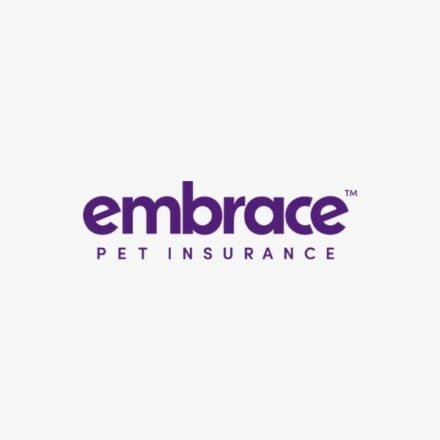
- Premium reduces by $50 per year if no claims are made
- Covers curable pre-existing conditions, dependent on evaluation
- Exam fees included in all policies
- Offers coverage for behavioral therapy and training
- Dental treatment included
Healthy Paws
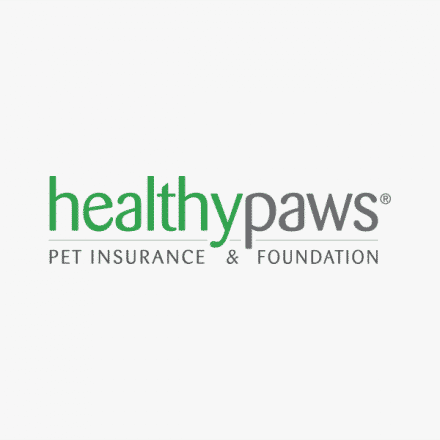
- Unlimited annual and lifetime payouts for all plans
- Fastest claim payout, on average, compared to others
- Excellent value and competitive price
- High customer satisfaction ratings
Lemonade

- AI-driven claims process
- Not available in every U.S. state
- Ability to bundle with homeowners or renters insurance policies
- Optional wellness coverage
How To Save Money
Some landshark parents can save money on insurance policies if the following circumstances are met.
Pay Annually
Most insurance companies offer two ways of paying your premiums, either monthly or annually. In many cases, transaction fees are added to your bill if you choose the monthly payment option. Therefore, you can minimize or avoid these altogether if you pay your premium annually.
Multi-Pet Discount
Many pet insurers offer multi-pet discounts for pet owners who take out several policies for their household’s dogs and cats. You could get up to a 10% discount on each pet’s insurance, amounting to significant savings. Some companies only offer multi-pet discounts on additional pets (not the first), so be sure to clarify this point before enrolling in a new policy.
Final Thoughts
As you can see, investing in insurance for your German Shepherd is frequently worthwhile. The premium often deters pet parents. But when you consider the costs associated with common non-routine vet bills for the breed, you realize it might be a more budget-friendly option, especially if you don’t have a lot of cash on hand for emergency needs. Not to mention the peace of mind knowing that you’ll never be faced with choosing between your wallet and your best friend’s health or life.
Remember to read the fine print to understand the coverage and limitations before you sign up, no matter which policy you are considering. If you’re unsure about something or have questions, give the pet insurance company a call or speak with your vet.





